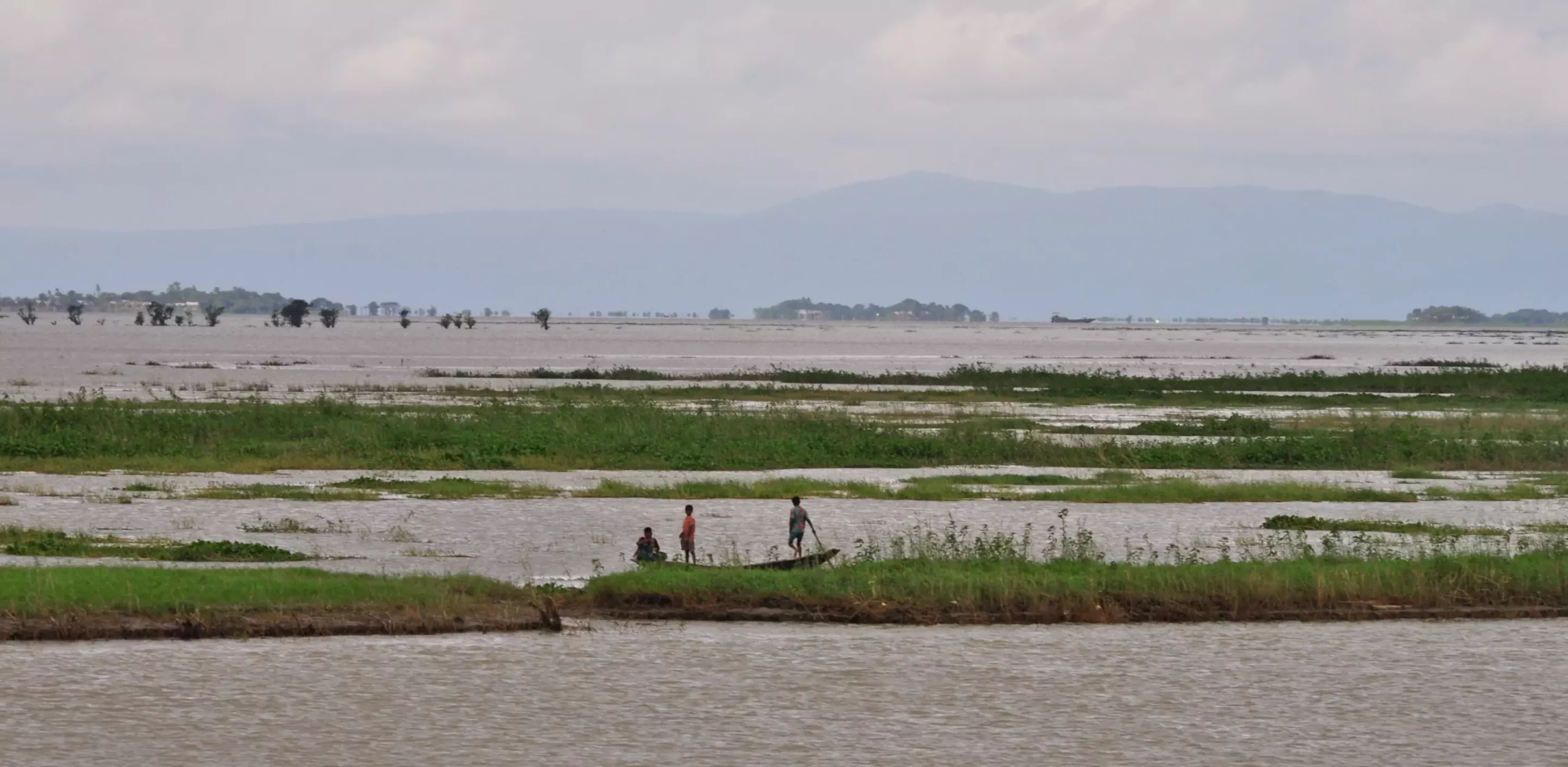The Ganges River, one of the largest rivers on Earth, experienced a massive change in its course approximately 2,500 years ago due to a significant earthquake. This event, previously undocumented, had a profound impact on the surrounding regions. A recent study published in Nature Communications shed light on this seismic-driven avulsion, highlighting the vulnerability of densely populated Bangladesh to such natural disasters.
According to the study’s lead author Liz Chamberlain, the Ganges River’s avulsion caused by an earthquake raises questions about the influence of seismic activities on delta regions. This occurrence was particularly striking given the size and scale of the Ganges, which makes it an integral part of the ecosystem in Bangladesh and India. The sudden nature of the river rerouting posed significant risks to the populations living in the affected areas.
Researchers involved in the study identified distinct geological features that indicated an earthquake-induced avulsion. The observation of seismites, which are vertical dikes of sand penetrating layers of mud, provided crucial evidence of the seismic activity that occurred approximately 2,500 years ago. Analyzing the orientation and composition of these seismites helped establish a timeline for the avulsion event.
The study suggested two possible sources for the earthquake that triggered the Ganges River avulsion. One hypothesis points to a subduction zone in the south and east, where tectonic plates are interacting and causing seismic events. Alternatively, the earthquake could have originated from splay faults at the base of the Himalayas as a result of the Indian subcontinent’s collision with the Asian landmass. Understanding the seismic history of the region is crucial for assessing future earthquake risks.
The seismic activity that led to the Ganges River avulsion serves as a warning for the potential risks faced by densely populated delta regions around the world. With similar vulnerabilities observed in other major rivers, such as the Yellow River in China and the Irrawaddy in Myanmar, it is essential to evaluate the seismic hazards in these areas. The long-lasting economic, social, and political impacts of large earthquakes underscore the importance of preparedness and risk mitigation strategies.
The case of the Ganges River avulsion triggered by an earthquake 2,500 years ago offers valuable insights into the dynamic interactions between geological processes and human settlements. Understanding the seismic history of river deltas and implementing measures to reduce risks associated with earthquake-induced avulsions are crucial steps in safeguarding vulnerable populations. By learning from past events, researchers and policymakers can work towards creating resilient communities in earthquake-prone regions around the world.


Leave a Reply